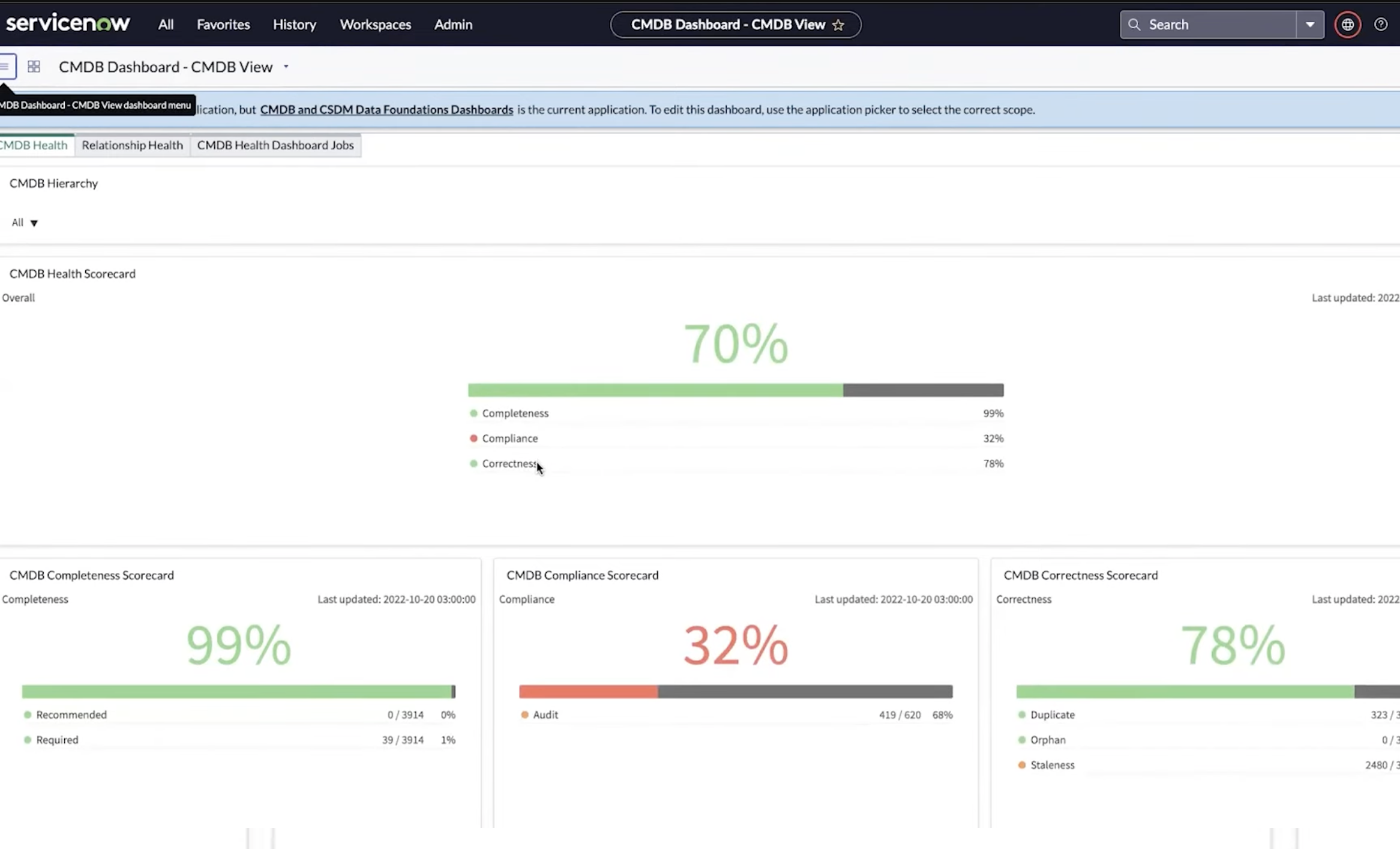Information Technology is essential for any organization to boost its productivity, deliver services efficiently, and constantly grow its business. But efficient management of IT infrastructure and operations which enable complex business processes to function as intended can be a tough task. This is where a Configuration Management Database (CMDB) comes into the picture.
Maintaining a healthy CMDB is essential for organizations to run their business processes smoothly without any downtimes or failures. Today, there are a number of CMDB tools/software available in the market that help organizations in maintaining a healthy CMDB. And ServiceNow CMDB is considered one of the best among them. This blog post discusses the importance of maintaining a healthy CMDB in more detail and how ServiceNow can help organizations achieve their CMDB goals.
Why is it important to maintain a healthy CMDB?
Struggling to maintain a healthy Configuration Management Database (CMDB)? Look no further!
- Gain visibility into all configurable items across the operational estate
- Reduce risks during the planning of infrastructural changes and increase efficiency
- Ensure traceability and governance of the CI/CD process
- Prioritize the response based on business and customer impact
- Align the technology risks with the business
- 40% Reduced IT costs
- 38% faster Incident resolution
- 82% lower failure of changes
ServiceNow - The Key to Maintaining a Healthy CMDB
ServiceNow’s CMDB Health Dashboard and Remediation Framework
ServiceNow’s CMDB Health Dashboard is a visual indicator to display the overall health of the CMDB at any given time. By implementing this dashboard, organizations can get a comprehensive view of the health of CMDB. Based on the visualizations on the dashboard, the stakeholders and the IT team can ensure that their CMDB is in line with their specific business objectives.

Image 1

Image 2
The 4 KPIs of a Healthy CMDB
- Orphan CIs: CIs with no relationship with other CIs
- Stale CIs: CIs that are outdated
- Duplicate CIs: CIs that appear multiple times


The right tools and strategies are essential to maintaining a healthy CMDB. Want to know more?
The Way Forward
Author

Joshua Smith
Joshua is a process improvement thought leader and digital transformation expert at KANINI. Over the past 15 years, his focus has always been on achieving organizational maturity and enhancing business processes through implementing tools and workflows to drive transformation initiatives. With experience in multiple verticals from – manufacturing to healthcare, Joshua brings a practitioner’s perspective when working on business solutions and goals to allow him to advise and guide on industry and process best practices.








